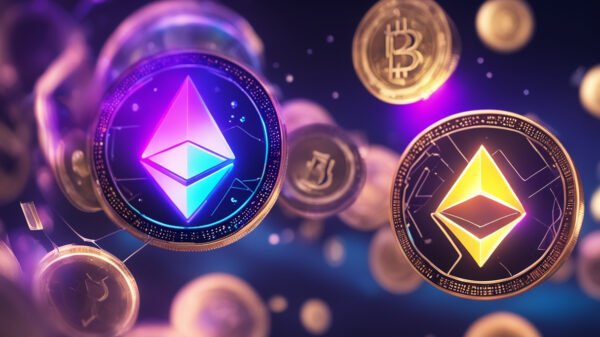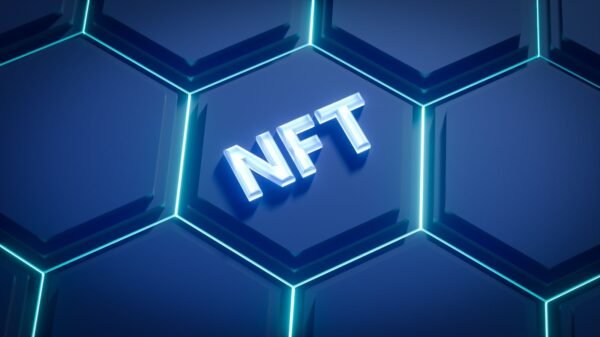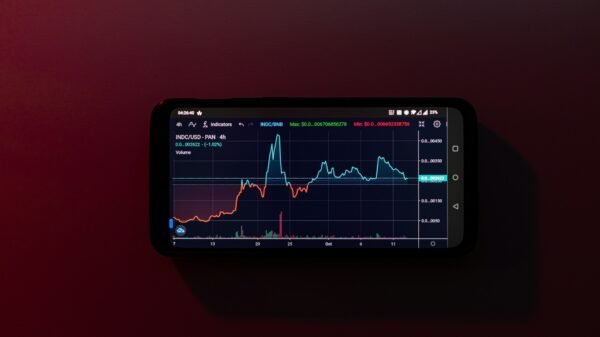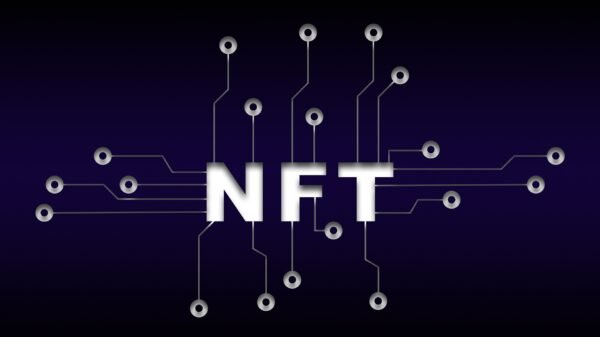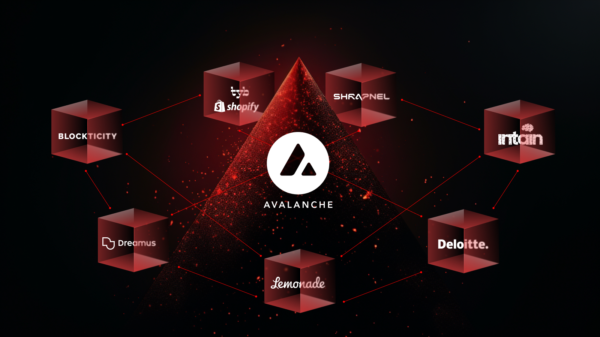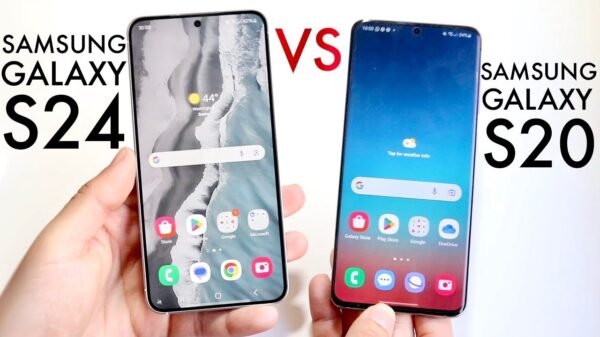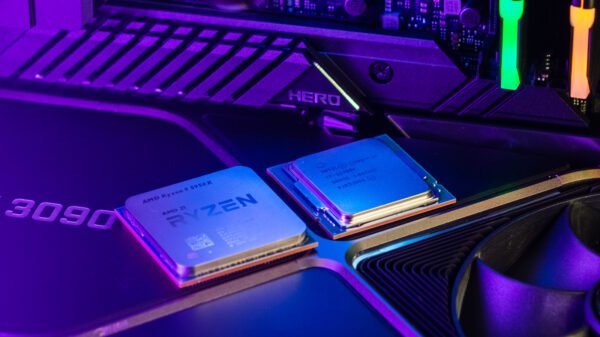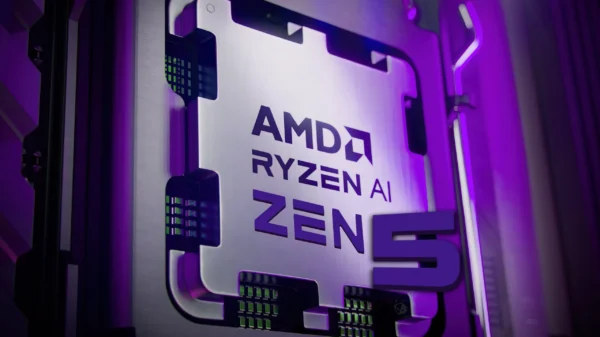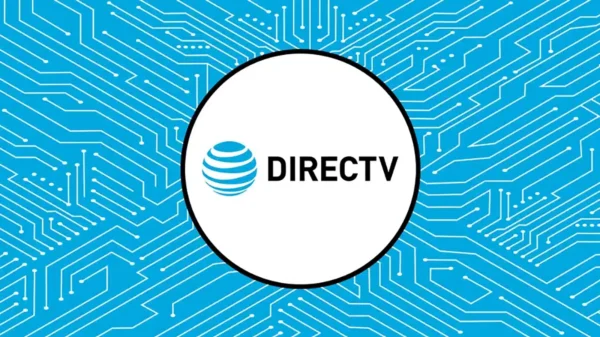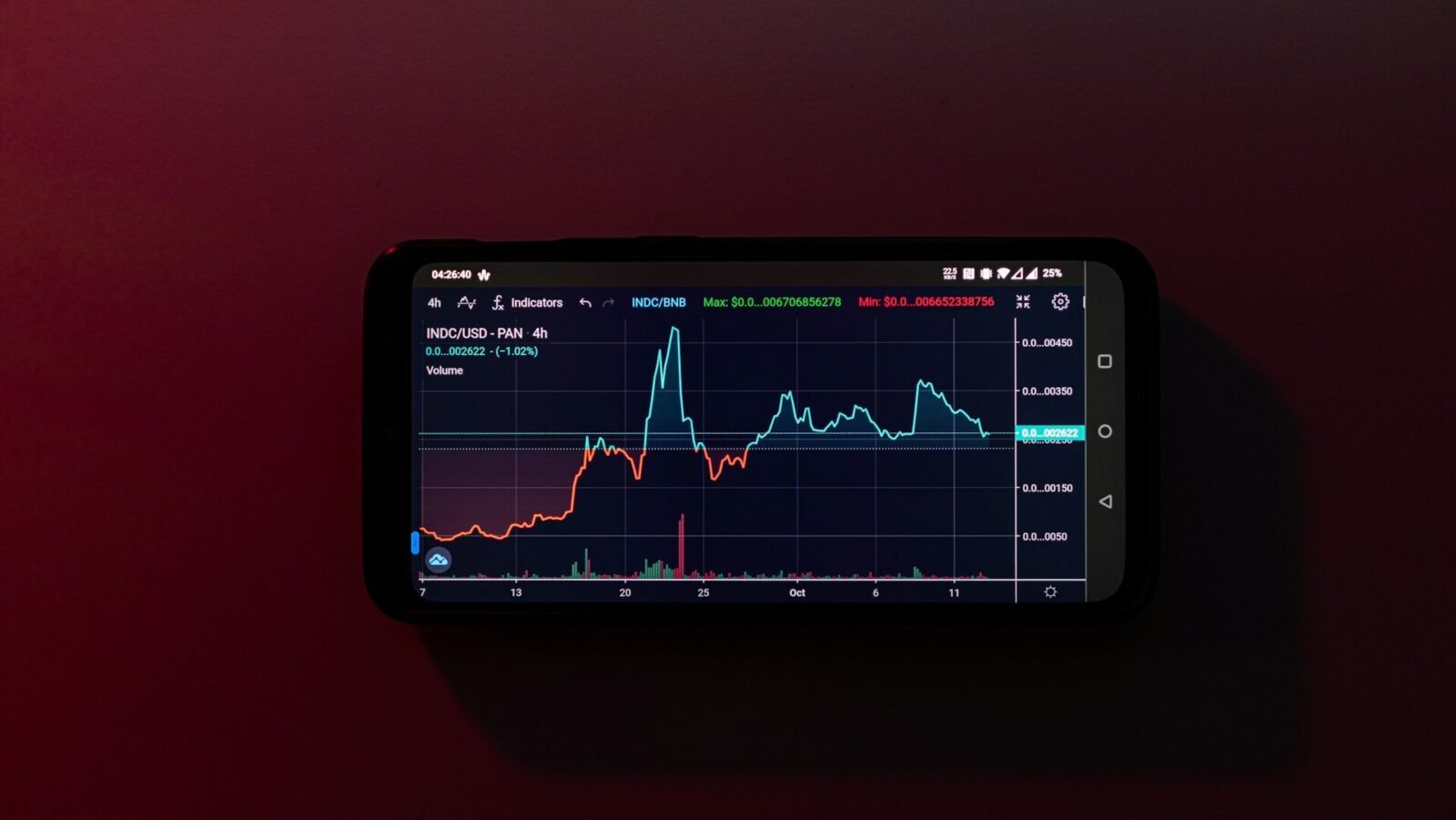Understanding NFTs and Cryptocurrencies
NFTs, or Non-Fungible Tokens, are digital assets that represent ownership of unique items such as images, music, and video clips. Unlike cryptocurrencies, which are fungible and can be exchanged on a one-to-one basis, NFTs are distinct and cannot be replaced with something identical. Each NFT is underpinned by blockchain technology, which ensures the authenticity and ownership of the digital asset. The blockchain acts as a public ledger, recording every transaction involving the NFT, thereby providing transparency and security.
On the other hand, cryptocurrencies are decentralized, encrypted digital payment systems that are not issued by banks or backed by a central authority. Examples include Bitcoin and Ethereum, which serve as a medium of exchange. The value of cryptocurrencies is derived from cryptographic proof of transactions recorded on a blockchain. This decentralized ledger records all transactions across a network of computers, ensuring that each transaction is verified and immutable.
Cryptocurrencies operate on the principle of cryptography, which secures the transactions and controls the creation of new units. The decentralized nature of cryptocurrencies removes the need for intermediaries such as banks, allowing for peer-to-peer transactions. This can result in lower transaction fees and increased transaction speed compared to traditional banking systems.
In essence, both NFTs and cryptocurrencies leverage blockchain technology to create digital value. However, their applications differ significantly. NFTs are primarily used for verifying ownership and authenticity of unique digital items, making them popular in the art and entertainment industries. Cryptocurrencies, meanwhile, function as a medium of exchange and store of value, aiming to revolutionize traditional financial systems by offering a decentralized alternative. Understanding these differences is crucial for anyone looking to navigate the evolving landscape of digital assets.
Comparing NFTs and Cryptocurrencies
NFTs and cryptocurrencies share a foundational similarity in that both are digital assets constructed using blockchain technology. This commonality allows them to be securely bought, sold, and traded online, leveraging the decentralized and transparent nature of blockchain. However, despite this shared foundation, NFTs and cryptocurrencies diverge significantly in their characteristics and applications.
Firstly, the nature of these assets diverges in terms of uniqueness and interchangeability. Cryptocurrencies, such as Bitcoin or Ethereum, are fungible, meaning they are interchangeable and each unit holds the same value as another. For instance, one Bitcoin is always equal in value to another Bitcoin. In contrast, NFTs, or Non-Fungible Tokens, are unique digital assets. Each NFT has distinct properties and values, making them non-interchangeable. This uniqueness is pivotal, as it allows NFTs to represent ownership of one-of-a-kind digital items, such as artwork, music, or even virtual real estate.
Moreover, the purpose and use cases of NFTs and cryptocurrencies further underscore their differences. Cryptocurrencies primarily function as a medium of exchange, much like traditional money, but in the digital realm. They facilitate transactions, investments, and other financial activities. NFTs, on the other hand, are more about ownership and provenance. They serve as digital certificates of authenticity and ownership for unique items. This means that while cryptocurrencies are used for buying and selling goods or services, NFTs are often purchased for their intrinsic value or as collectibles.
Lastly, the value systems of these digital assets differ markedly. Cryptocurrencies can be subdivided into smaller units, making them versatile for various transaction sizes. For example, you can own 0.5 or 0.0001 of a Bitcoin. NFTs do not have this divisibility. Each NFT is an indivisible whole, representing a single, unique item with its own value. This indivisibility is crucial for maintaining the uniqueness and authenticity of the asset it represents.
In summary, while both NFTs and cryptocurrencies leverage blockchain technology and are traded online, their key distinctions lie in their fungibility, purpose, and value structures. Understanding these differences is essential for navigating the digital asset landscape effectively.
Use Cases and Investment
Understanding the distinct use cases of NFTs and cryptocurrencies is crucial in the broader discussion of their investment potential. Non-Fungible Tokens (NFTs) have emerged as a revolutionary way to represent ownership of digital assets. These digital assets span a wide array, from digital art and collectibles to virtual real estate and in-game items. Artists and creators leverage NFTs to distribute their work, ensuring authenticity and ownership through blockchain technology. Additionally, NFTs introduce new monetization avenues, including royalties from secondary sales and digital autographs, providing artists with a continuous revenue stream.
On the other hand, cryptocurrencies serve a fundamentally different purpose. They act primarily as a medium of exchange, enabling decentralized transactions without the need for traditional banking systems. Cryptocurrencies like Bitcoin and Ethereum also function as a store of value, akin to digital gold, where investors hold them with the expectation that their value will appreciate over time. Moreover, these digital currencies serve as a unit of account, providing a standardized measure for pricing goods and services within the crypto ecosystem.
When examining the investment potential of NFTs and cryptocurrencies, it’s essential to recognize the distinct risks and benefits associated with each. NFTs offer the allure of unique ownership and the potential for significant appreciation, particularly in the burgeoning digital art and collectibles market. However, they also come with liquidity risks and market volatility, often driven by speculative interest. Conversely, cryptocurrencies present opportunities for trading and long-term investment, benefiting from increasing institutional adoption and integration into financial systems. Nevertheless, they remain highly volatile and susceptible to regulatory changes and market sentiment.
Investors must conduct thorough research and consider their risk tolerance when exploring opportunities in both NFTs and cryptocurrencies. Diversification, understanding market trends, and staying informed about technological advancements are key strategies for mitigating risks and capitalizing on potential gains in these rapidly evolving markets.
Ownership, Scarcity, and Technical Differences
Understanding the distinctions between NFTs and cryptocurrencies starts with the concepts of ownership and scarcity. NFTs, or Non-Fungible Tokens, are unique digital assets that represent ownership of a specific item or piece of content. Each NFT has a distinct identifier, making it irreplaceable and one-of-a-kind. This uniqueness creates inherent scarcity, driving demand among collectors and investors who seek assets that have the potential to appreciate over time. In contrast, cryptocurrencies like Bitcoin and Ethereum are fungible, meaning each unit is identical and can be divided into smaller units, enhancing liquidity and ease of transaction.
Scarcity in the realm of cryptocurrencies is often programmed into the protocol; for example, Bitcoin has a capped supply of 21 million coins. This limited availability can influence the value of the cryptocurrency, similar to how the uniqueness of an NFT impacts its market value. However, while cryptocurrencies can be split into smaller denominations (satoshis for Bitcoin), NFTs cannot be fractionalized. This indivisibility is a key characteristic that sets NFTs apart, reinforcing their appeal to those interested in unique digital ownership.
From a technical perspective, NFTs and cryptocurrencies also differ significantly. Most NFTs are built on the Ethereum blockchain, utilizing ERC-721 or ERC-1155 standards for their creation and management. These standards enable the embedding of smart contracts, which are self-executing contracts with the terms directly written into code. Smart contracts facilitate the transfer of ownership and management of NFTs, ensuring security and authenticity. Cryptocurrencies, on the other hand, can be built on various blockchains such as Bitcoin, Ethereum, and Binance Smart Chain, each with its own consensus mechanism and technical attributes.
Transaction processing mechanisms further highlight the differences between NFTs and cryptocurrencies. NFTs rely heavily on smart contracts, which automate and secure transactions without the need for intermediaries. Cryptocurrencies typically depend on mining or staking processes to validate transactions and secure the network. Mining involves solving complex mathematical problems to add transactions to the blockchain, while staking requires holding a certain amount of the cryptocurrency to participate in the validation process. Both methods ensure the integrity and security of transactions but operate differently compared to the smart contract-based approach of NFTs.
NFT vs Crypto





















